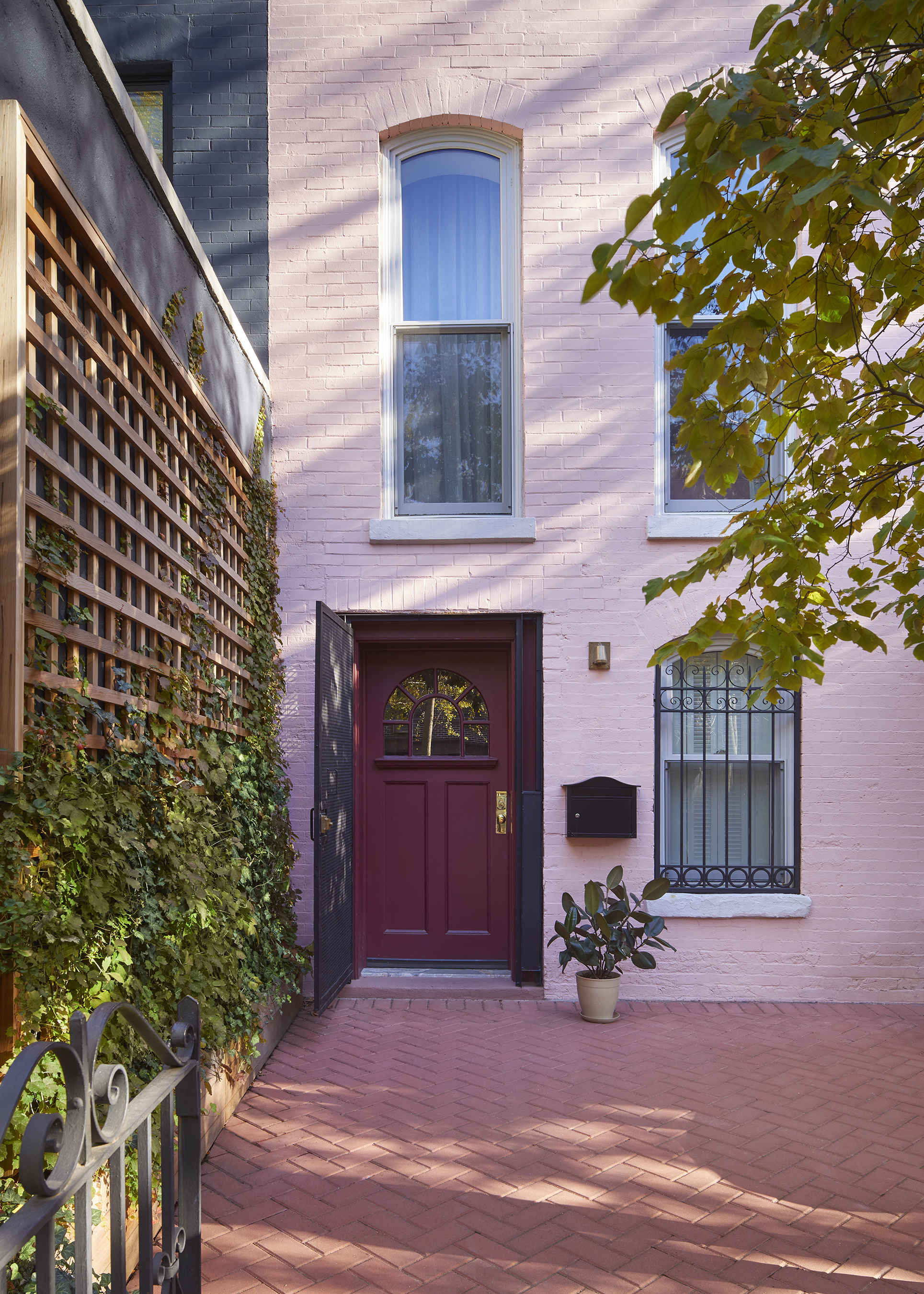
As the owner of a particularly small front yard, I'm very well familiar with the sense of "why bother?" when it comes to landscaping it. These compact spaces can look squashed or messy if you try to do too much, but can definitely lack curb appeal if you leave them too plain and untouched.
There's definitely a middle ground when it comes to front yard landscaping ideas — and if you get the balance just right, you'll find that you can actually make your front yard look bigger and more impressive than you could ever imagine from it's small footprint.
To help figure out exactly how it's done, I asked some landscaping experts for their advice, and their ideas have already helped me decide how to tackle my own small front yard this year.
1. Scale down
Bigger isn't always better when it comes to a small front yard, so choosing one of the best dwarf tree varieties of your favorite plants can be a good way to introduce impact without overcrowding your space.
'Choose smaller-sized versions of plants or select dwarf varieties that fit the proportions of a small garden while still providing the desired naturalistic look,' Adam Sexton, senior associate at Richardson & Associates Landscape Architecture. There are options for pretty much every preference, whether you fancy fruit trees in your front yard, or something to add color in fall like a compact redbud. I'd love this dwarf hydrangea tree, which you can find at Fast Growing Trees, for my own yard.
2. Go bold

There's no point in designing a front yard that feels apologetic —take that approach, and you're admitting defeat from the start. 'Go bold,' says Leslie Bennett, of Pine House. 'Even though it's a small space, using larger plants, with striking silhouettes or colors that reference the color or architecture of the home go a long way in making a style statement in a unified way that works for a smaller outdoor space.'
Leslie, who specializes in front yard vegetable gardens, even included edible varieties in this design. 'This garden uses citrus (a tangerine, kumquat and finger lime) and dwarf myrtus communis (that is culinary myrtle), along with non-evergreen blueberries fig and lavender for harvest,' she explains.
The star of the show? A banana tree palm that creates a backdrop for this detailed planting scheme. This banana palm from Walmart will help you get the look.
3. Layer plants

The best way to make a small front yard feel bigger than it is is to ensure you take a layered approach to planting. Not only does this create a more naturalistic planting design, it gives more of a sense of depth.
'Even in a small garden, incorporate vertical layers by selecting plants of varying heights, such as ground covers, mid-sized perennials, and taller shrubs or ornamental grasses,' Adam Sexton says.
4. Use negative space

For Steve Taylor, managing director of COS Design, the negative space of this compact front yard is what helps it feel larger than it actually is.
The layout for the scheme is quite easy to recreate, too. 'We have kept the taller/larger elements to the sides of the garden and the lower, less bulky and impactful elements to the center,' Steve says. 'The large open lawn area also creates what I call garden white space which a small area needs to maintain it’s sense of space and openness. The water bowl then adds a lovely calming and soothing element to the garden that also sends dancing shadows around the garden in the evening hours with effective garden lighting.'
5. Go vertical

When you only have a small footprint to make an impact, thinking vertically about your design is a good idea.
'Go vertical,' says Leslie Bennett. 'Think of using compact columnar plants and the vertical face of walls or buildings.'
So what are the best plants to cover a fence and trees for small spaces? 'We use a lot of vines (climbing roses or passion fruit for example) and espalier fruit trees, these take up very little real estate and are so charming.'
Choosing plants for a small front yard
When picking plants for a small front yard, you'll want to keep a few things in mind. 'Select plants that thrive in small spaces and have a long season of interest to maximize the impact of limited planting areas,' Adam says.
- How fast growing are they? If you choose plants that grow very quickly, while you might be able to establish a fuller front yard quicker, you're also going to to ruin your chances of a low maintenance space, as they'll need cutting back each year.
- How do they add to your home's curb appeal? Think about seasonal interest in your planting, and if opting for plants that are perennial, or that lose their leaves in winter, whether your overall yard design will still look good in the months where they're not verdant. Choosing plants that can help keep weeds at bay is great for keeping your curb appeal up, without much intervention on your part.
- Do they suit the position of your front yard? Planting in a small space often means you only have the exact same light availability to play, which will limit your options, but also lead to a more cohesive space in theory. You'll need to consider light availability, both in terms of the intensity and duration, as well how exposed the front yard is.







